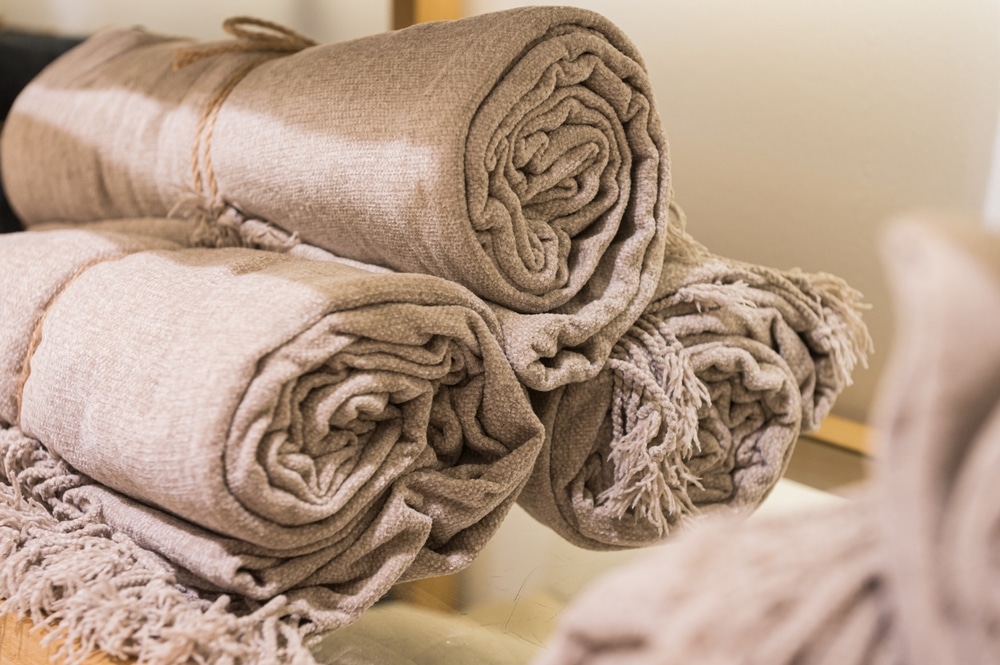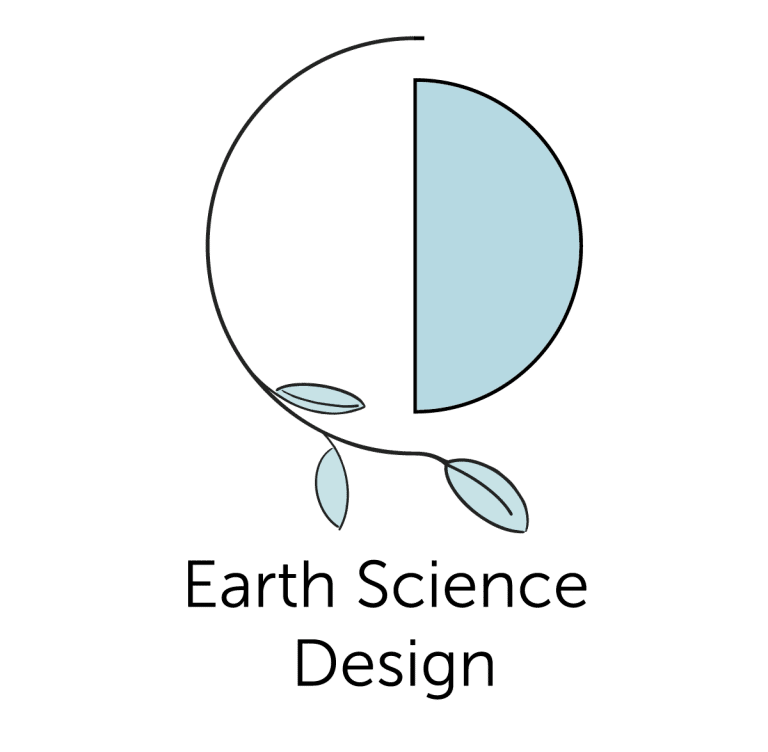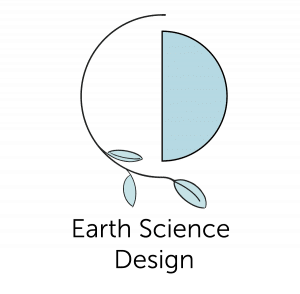
How to Avoid Harmful Dyes in Home Furnishing
Have you ever walked into a room and felt a little lightheaded or had a headache? Or maybe you’ve noticed that certain items in your home seem to be causing allergic reactions. Well, it could be the toxins embedded in the fabrics used to make your furniture. Whatever the fabric used to upholster your furniture, it’s very likely that the material’s vibrant colors were made with toxic dyes.
It’s no secret that these toxins can have a mild to serious impact on our health.
The truth is that dyeing, like most other industrial processes, carries inevitable health and environmental consequences. In this article, we’re going to explore ways to furnish your home that are environmentally sustainable and avoid detrimental toxic impacts on you and your family.
Shopping for well-made furniture that is ethically produced and designed for decades of use is part of the answer. Weaning ourselves from unconscious consumption and rethinking our attitude towards our possessions can go a long way to reversing the downsides of dyeing.
Synthetic Fabric Dyes
90% of the fabrics we used are dyed synthetically, using dyes created in labs through chemical processes.
Most toxic dyes are azo dyes, which are also some of the most common toxic chemicals in clothing.
They get their name from the French word for nitrogen (“azote”) because they’re created by combining nitrogen with carbon atoms.
Not only is the actual process extremely polluting: these cheap and colorful dyes are also carcinogenic—and the biggest culprit for textile dye pollution.
When these dyes are water-soluble, you can absorb them through your skin. As a consequence, they can cause allergic reactions, endocrine disruptions, and even tumor formation, in some cases.
Some of these toxic dyes are considered respiratory sensitisers too, which is especially a problem for garment workers. By breathing them in regularly, they can develop occupational asthma and experience eye irritation, wheezing, and breathlessness.
ELIMINATING TOXINS
Natural Dyes
The production process of clothing and printing is constantly changing, and with the growing concern for environmental practices, natural methods (including natural dyes) are becoming more frequently used.
As the name “natural dye’ suggests, the ingredients of natural dyes are derived from natural sources – such as plants, fruits, animals, insects, and naturally occurring minerals. There are many reasons why choosing natural dye is a good idea, but as with any technique or preference – there are disadvantages too.
The fade factor: Natural dyes tend to fade faster than their synthetic counterparts, which could lead people to prematurely toss what are otherwise still wearable clothes.
The Advent of Low Impact Dyes
Low impact dyes do not contain toxic chemicals or mordants, require less rinsing, and have a high absorption rate. High absorption rates and a decreased use of rinse water create less wastewater and runoff. A dye is considered ‘low impact’ if it meets the requirements of the Oeko-Tex Standard 100, an international textile certification program. To meet this standard, dyes cannot contain toxic substances, must have an absorption rate in which 70% or more of the dye is absorbed by the fabric and require relatively little rinse water. The Global Organic Textile Standard (GOTS) is another standard that defines globally recognised requirements for organic textiles. The standard provides assurances from harvesting of materials, to environmentally and socially responsible manufacturing to labelling.
Conscious Design Decisions
Conscious design is a design process where awareness of materials and processes informs design that is cruelty-free and eco-conscious. Tried and tested, cruelty-free and non-toxic traditional dyeing processes are often used by indigenous design collectives and small businesses who support communities. Conscious design and green interior design choices run deep, avoiding harm caused by industrial processes and supporting smaller scale initiatives that can give back to the community.
At Earth Science Design we research low impact design processes that can make your design project more sustainable and cruelty-free. Whatever project you are embarking on, you can furnish your interior space with beautiful materials that do not cause harm to the environment and animals. We steer our clients towards materials, products and design solutions that have verified low impact supply chains, often made by local producers, suppliers or tradespeople. Your interior space doesn’t have to impact your health, the environment or workers. We work with people remotely or in person to achieve healthful, responsible design objectives. Our offices are located in San Diego, CA and Bozeman, MT. To learn more about how to make your low impact, conscious green interior design visions a reality please contact us.

